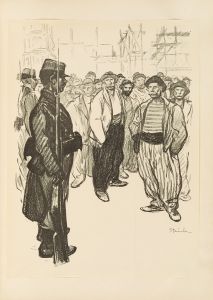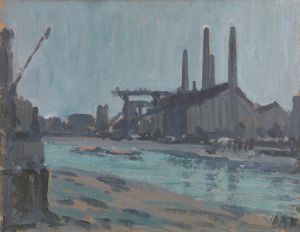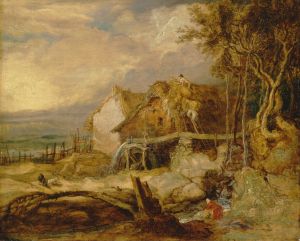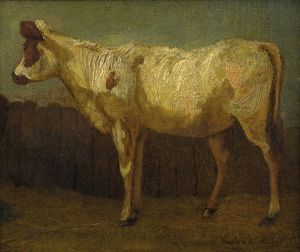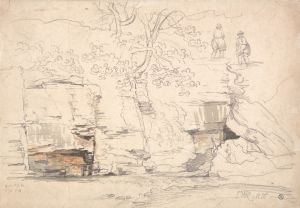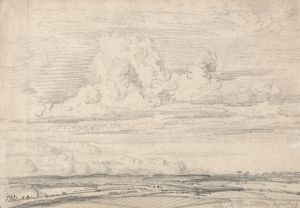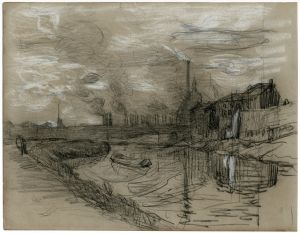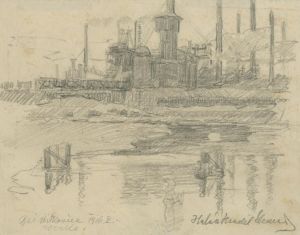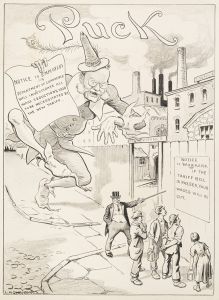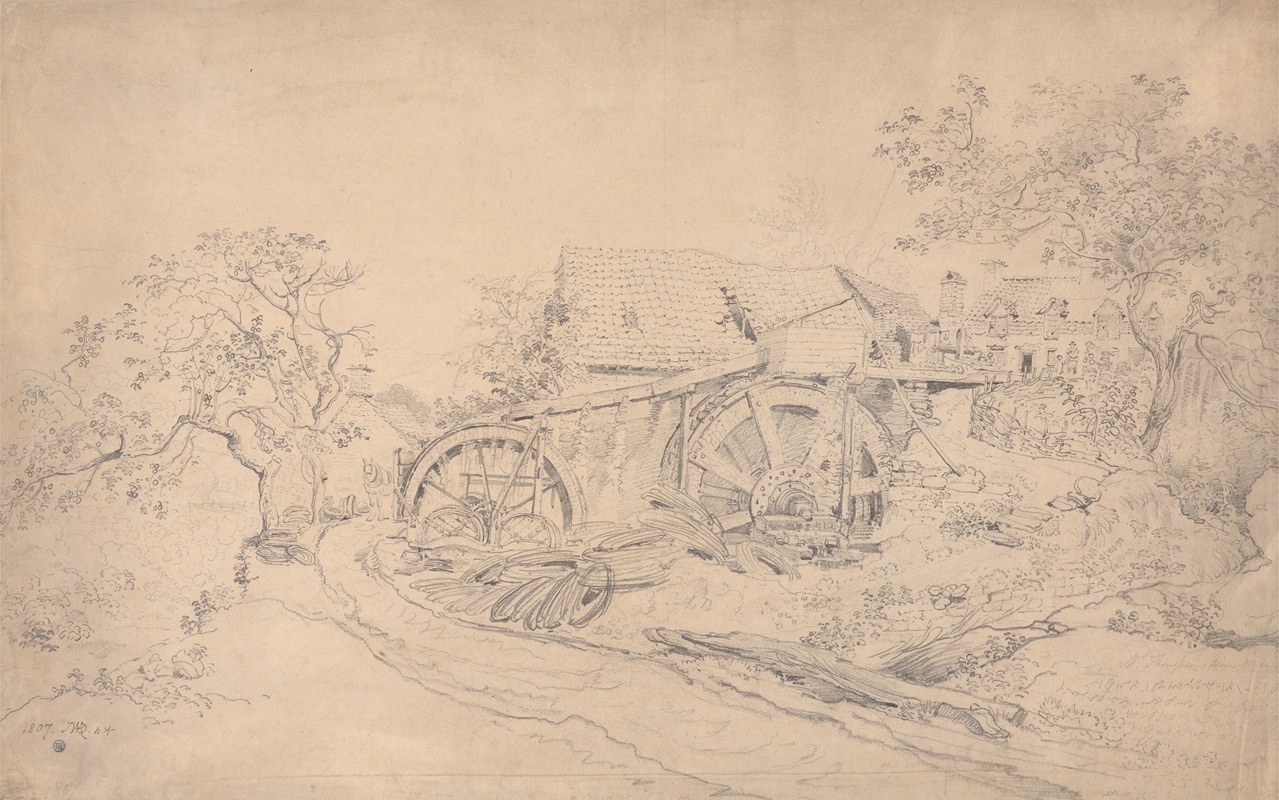
Mr. Thompson’s Wire Mill, Tintern
A hand-painted replica of James Ward’s masterpiece Mr. Thompson’s Wire Mill, Tintern, meticulously crafted by professional artists to capture the true essence of the original. Each piece is created with museum-quality canvas and rare mineral pigments, carefully painted by experienced artists with delicate brushstrokes and rich, layered colors to perfectly recreate the texture of the original artwork. Unlike machine-printed reproductions, this hand-painted version brings the painting to life, infused with the artist’s emotions and skill in every stroke. Whether for personal collection or home decoration, it instantly elevates the artistic atmosphere of any space.
"Mr. Thompson’s Wire Mill, Tintern" is a painting by the British artist James Ward, created in 1804. James Ward (1769–1859) was a notable painter and engraver, recognized for his animal paintings and landscapes. This particular work is an oil painting that depicts the wire mill owned by John Thompson in Tintern, Monmouthshire, Wales.
The painting captures the industrial scene of the early 19th century, showcasing the wire mill set against the picturesque backdrop of the Wye Valley. The mill itself is situated near the ruins of Tintern Abbey, a Cistercian abbey founded in 1131, which had become a popular subject for artists and poets of the Romantic period. Ward's painting is significant as it juxtaposes the burgeoning industrial revolution with the natural beauty and historical significance of the area.
In "Mr. Thompson’s Wire Mill, Tintern," Ward employs a detailed and realistic style to portray the mill and its surroundings. The composition includes the mill buildings, the river Wye, and the lush greenery of the valley, all rendered with meticulous attention to detail. The painting reflects the Romantic era's fascination with the sublime and the picturesque, as well as the impact of industrialization on the landscape.
James Ward was influenced by the works of George Morland, his brother-in-law, and by the burgeoning Romantic movement. His ability to combine the natural and industrial elements in his paintings made him a prominent figure in British art during his time. Ward's works are known for their dynamic compositions and the use of light and shadow to create depth and atmosphere.
The wire mill depicted in the painting was part of the early industrial infrastructure in the region. Wire mills were essential for producing wire used in various applications, including the burgeoning manufacturing and construction industries. The presence of such mills in rural areas like Tintern highlights the spread of industrialization beyond urban centers during this period.
"Mr. Thompson’s Wire Mill, Tintern" is housed in the Tate collection in London. It is considered an important work for its historical and artistic value, providing insight into the early industrial landscape of Britain and the Romantic era's artistic responses to these changes. The painting is appreciated not only for its technical skill but also for its ability to convey the complex relationship between industry and nature.
Overall, James Ward's "Mr. Thompson’s Wire Mill, Tintern" stands as a testament to the transformative period of the early 19th century, capturing the essence of a time when the natural world and industrial progress were inextricably linked.





